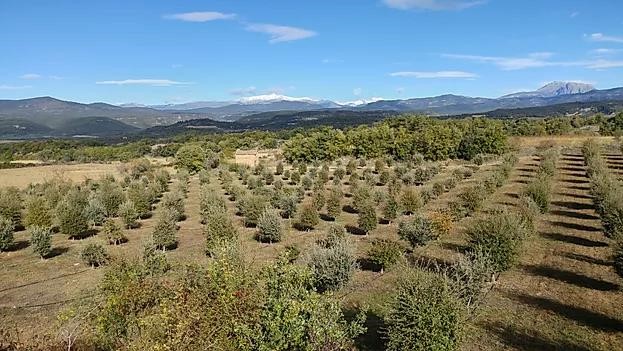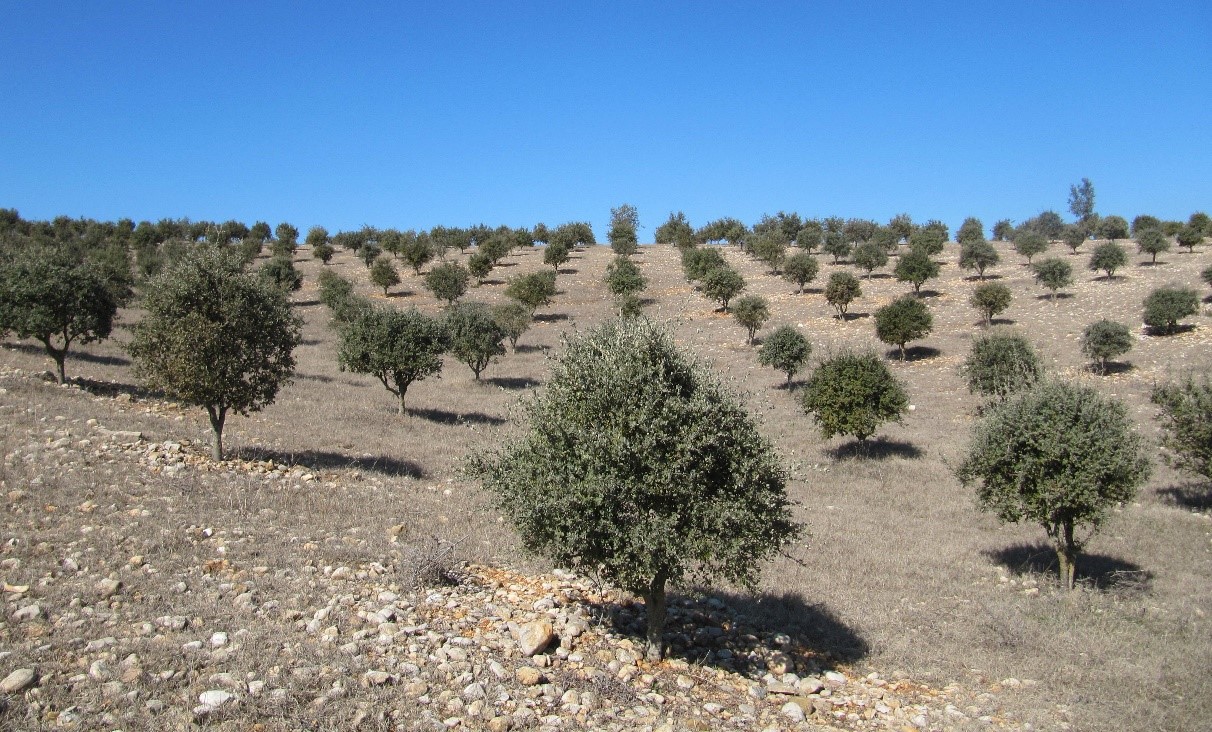 Truffle farming and ecosystem services
Truffle farming and ecosystem services
The application of sustainable multi-production systems provides a significant improvement in the ecosystem services related to truffle farming.
The truffle is a hypogeous, edible fungus, highly appreciated in quality cuisine and in international gastronomy for its intense aroma. In Spain, the ecological conditions in which the truffle grows correspond mostly to the supramediterranean floor, in soils with extremely limited agricultural potential.

From the economic point of view, the contribution of truffle production has allowed the survival of small municipalities and the development of a gastronomic culture compatible with the enhancement of the tourism sector. In addition, the truffle contributes to the conservation of the natural formations of holm oak, kermes oak, gall oak and oak groves, as well as to the extension of this ecosystem subject through truffle plantations that have been carried out in recent years, constituting an emblematic paradigm of the concept of sustainable development .

The main goal of project is the development and the application of management techniques of rhizosphere microorganisms and useful entomofauna to optimize the design of black truffle(Tuber melanosporum) multi-productive agrosystems. The implementation of these techniques (inoculation of microorganisms, establishment of plants for shelter of useful insects and mixed production with aromatic plants) will be based on the knowledge of the ecology of truffle producing systems (forests and plantations), including their useful fauna, the interactions of T. melanosporum with the accompanying plants and the dynamics of the associated microbial communities.

As a general hypothesis, it is proposed that sustainable multi-productive systems, based on the knowledge of the interactions between macro and microorganisms, will provide an improvement of the ecosystem services related to truffle growing. The project TUBERSYSTEMS, integrated by researchers from IRTA, ICA-CSIC, USP and UNAV, is structured in two complementary subprojects with three general objectives: i) the study of the diversity of macro and microorganisms and their interactions in truffle producing systems, ii) the selection and management of these organisms for the establishment of multi-productive plantations of truffle and aromatic plants, and iii) the analysis of the ecosystem services associated with different truffle producing systems. For this purpose, a network of plantations and wild production forests has been established in the area of natural distribution of black truffle in Spain where we will evaluate: (i) the diversity of arbuscular mycorrhizal (AM) forming plants in burns(brûlées), (ii) the taxonomic and functional diversity of the rhizospheric microbiome (fungi and bacteria), (iii) the dynamics of the extraradical mycelium of black truffle, and (iv) the presence of useful insects (pollinators and natural enemies of pests).
Initially, the taxonomic and functional diversity of the microorganisms present in the burn and their interaction with T. melanosporum will be analyzed. Isolations of MA fungi associated with plants growing in burns will be made and inocula will be formulated to produce mycorrhizal aromatic plants (lavender, thyme and sage). In parallel, bacteria with potential as plant growth promoters (PGPR) in truffle areas will be selected and their effect on the development of truffle mycorrhized plants and on the persistence of extraradical mycelium of T. melanosporum will be evaluated under controlled conditions (mesocosms) and in plantations. In addition, mixed plantations with aromatic plants mycorrhized with selected MA fungi will be established in truffle-producing plots and their effect on the extraradical mycelium of T. melanosporum and the presence of this fungus as an endophyte in alternative hosts will be evaluated. The incidence of Kermes spp. (Hemiptera), phytoplasmas, and their relationship with the stem tumor syndrome that causes severe damage to truffle plantations in monospecific and mixed plantations will be studied. Finally, the ecosystem services (productivity, agrosystem regulation and sustainability, landscape, cultural and sociological) provided by the different monospecific and multi-productive systems will be jointly analyzed in order to generate management guidelines based on the knowledge of black truffle ecology and applicable in sustainable truffle farming.

